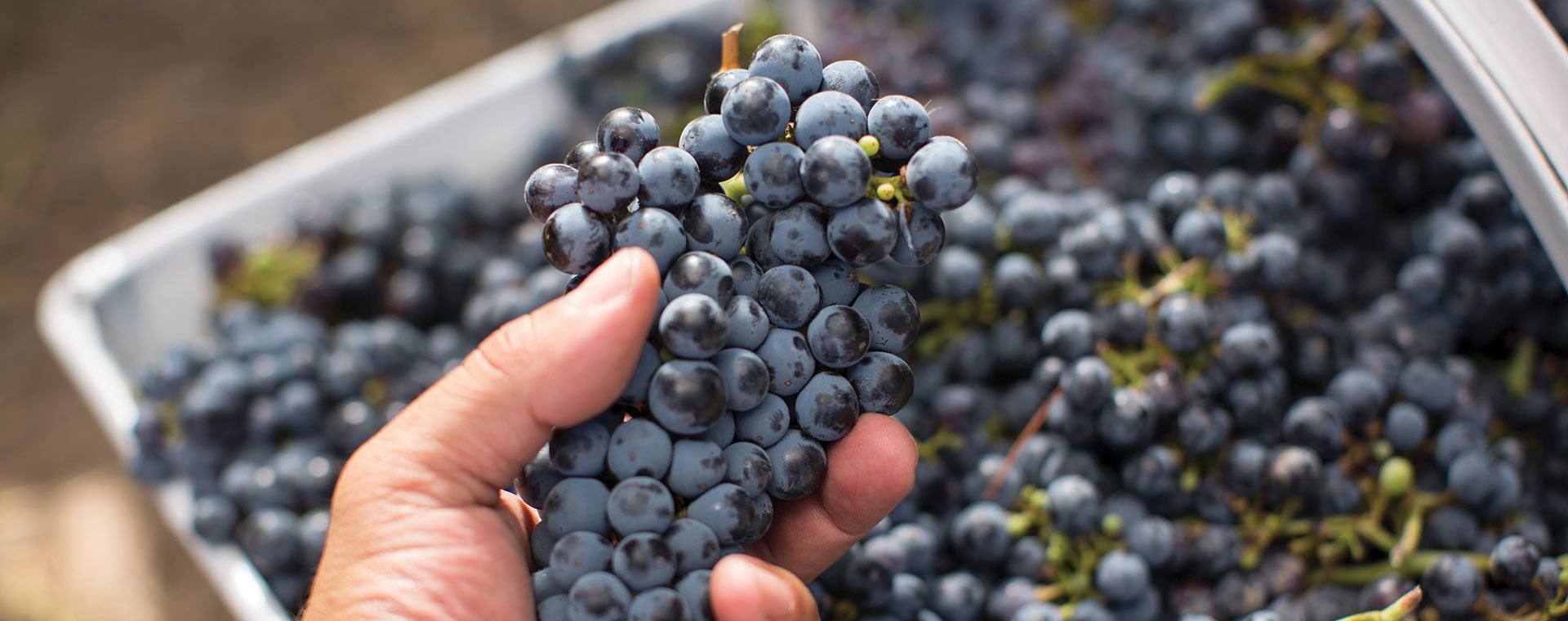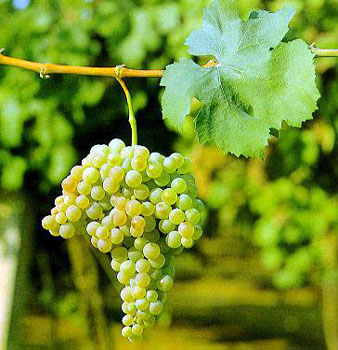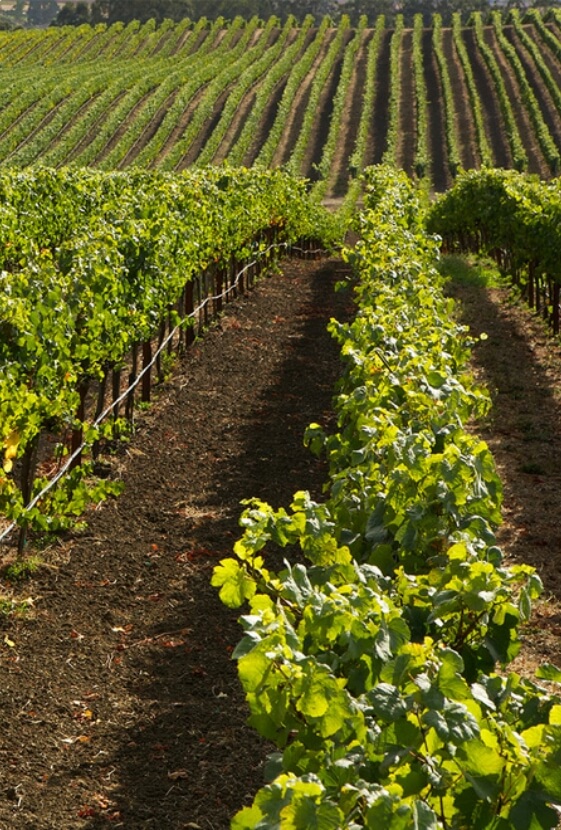
Grape Glossary
Trebbiano is unblended in six of Italy’s DOCs, most successfully in Lugana and Procanico. Because it is such a neutral wine, it is more often blended with other grapes, especially to bolster acidity. Notable among these are Soave, in which it is blended with Garganega; Frascati, with Malvasia; Verdicchio, with Verdicchio and Malvasia; Orvieto, with Verdello and Grechetto; and with Malvasia in Vin Santo, a passito in which the grapes are dried to a semiraisin state and fermented to produce a sweet wine. At one time, Trebbiano was required in the blend of Chianti.
In France, where it is the most widely planted white vine, its most distinguished use is in the base wine for distilling Cognac and Armagnac, for which a high acid, low alcohol, neutral wine is required.
Trebbiano is grown in most warm to hot climate viticultural areas of the world. It appears in over 80 DOC appellations, both red and white. An extremely hardy, vigorous and prolific producer, it is highly resistant to disease. It buds late, ripens very late and is highly adaptable both in terms of climate and soil. The fruit is neutral in aroma, extremely high in acid and has moderately high potential alcohol when ripe. Of the subvarieties, Trebbiano di Soave is the best and Trebbiano Toscano is the most prevalent.
Trebbiano is native to Italy and migrated to the southern Rhône when the Vatican moved to Avignon in 1305.

